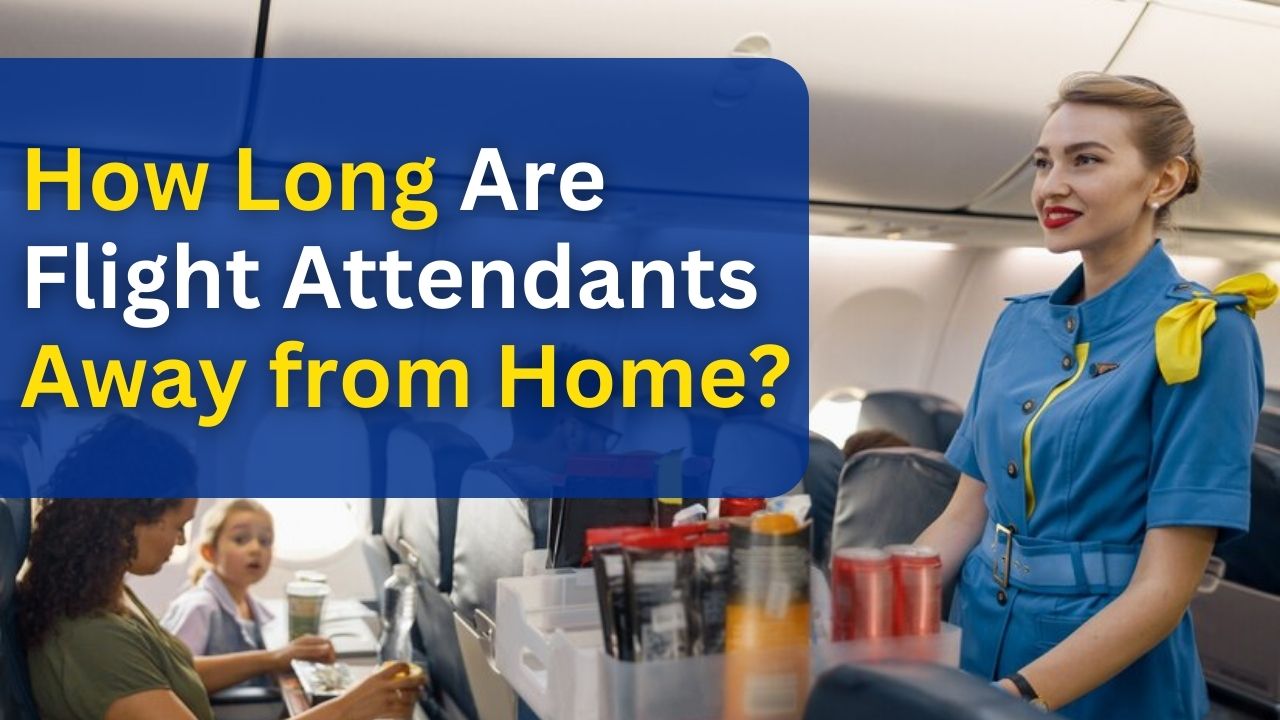Flight attendants, often known as the face of the airline industry, lead a unique and exciting lifestyle. They jet-set around the world, ensuring passenger safety and comfort. But have you ever wondered how long flight attendants are away from home? In this blog, we’ll delve into the daily routines and schedules of flight attendants, addressing questions like, “Do flight attendants stay at destinations?” and “How many flights a day do flight attendants go on?” Let’s take a closer look.
Do Flight Attendants Stay at Destinations?
One of the most intriguing aspects of a flight attendant’s job is the opportunity to explore various destinations. However, the extent of their stay can vary. In most cases, flight attendants are given layovers, which are scheduled breaks between flights. The duration of these layovers can vary from a few hours to a couple of days, depending on the airline and the route.
Layovers provide flight attendants with a chance to rest, explore the destination, or simply unwind in their hotel rooms. The length of layovers can be influenced by factors such as flight schedules, crew rotations, and airline policies.
Do Flight Attendants Work Every Day?
While it might seem like flight attendants are always in the air, they do not work every day. The work schedule for flight attendants typically follows a cyclical pattern. They have a set number of flight hours per month, and their schedules include both working days and days off.
Flight attendants work in shifts, with their schedules determined by their airline’s operations department. These shifts can include day flights, night flights, and overnight layovers. The precise schedule can vary greatly, depending on seniority and individual preferences.
Do Air Hostesses Get Holidays?
Yes, flight attendants do get holidays, but the concept of holidays for them is unique. Their work schedules are designed to accommodate days off and time for rest and relaxation. While they may not have traditional weekends or holidays like many other professions, they still have opportunities for leisure.
Flight attendants often have a rotation that allows them to plan for extended time off. During these periods, they can enjoy a vacation or spend quality time with family and friends. The availability of holidays and the length of time off can vary depending on seniority and airline policies.
Learn More: Is Air Hostess a Good Career Choice?
How Many Flights a Day Do Flight Attendants Go On?
The number of flights a flight attendant goes on in a day can vary based on the airline’s routes and flight schedules. On domestic routes, flight attendants may operate multiple short-haul flights in a single day. In contrast, international flights can involve one long-haul flight that spans several hours.
The exact number of flights can also depend on crew rotation, layovers, and the airline’s operational needs. Flight attendants must adhere to strict duty time limitations set by aviation authorities to ensure they are well-rested and alert during their flights.
Do Flight Attendants Sleep on Long Flights?
Yes, flight attendants do have rest periods during long-haul flights. On most airlines, especially for international flights, there are designated crew rest areas. These areas are equipped with bunk beds or lie-flat seats where flight attendants can take breaks and get some rest.
The duration and availability of rest periods can vary based on the flight’s length and the airline’s policies. It’s essential to ensure that flight attendants are well-rested during extended journeys to maintain passenger safety and comfort.
This post is sponsored by our partners Wigs
How Long Can Flight Attendants Fly in a Day?
The maximum flight time for flight attendants in a single duty day is regulated by aviation authorities to prevent fatigue and ensure passenger safety. These regulations stipulate the maximum number of hours a flight attendant can be on duty, including flight time, pre-flight preparations, and post-flight duties.
The specific limits can vary by country and airline, but they are designed to prioritize safety. Flight attendants are trained to manage their schedules within these guidelines to ensure that they are fit for duty and capable of responding to any in-flight emergencies.
Conclusion:
Flight attendants lead a dynamic and rewarding life, traveling to various destinations while ensuring the safety and comfort of passengers. While their schedules may not resemble traditional workweeks, they have opportunities for rest, leisure, and exploration during layovers.
The duration of a flight attendant’s time away from home can vary, with factors such as layover length, flight schedules, and airline policies playing a crucial role. Flight attendants also enjoy rest periods during long flights and are subject to strict duty time regulations to ensure their well-being and passenger safety.
So, the next time you’re on a flight, take a moment to appreciate the hard work and dedication of the flight attendants who make your journey safe and enjoyable, even when Flight Attendants Away from Home.



